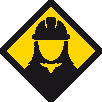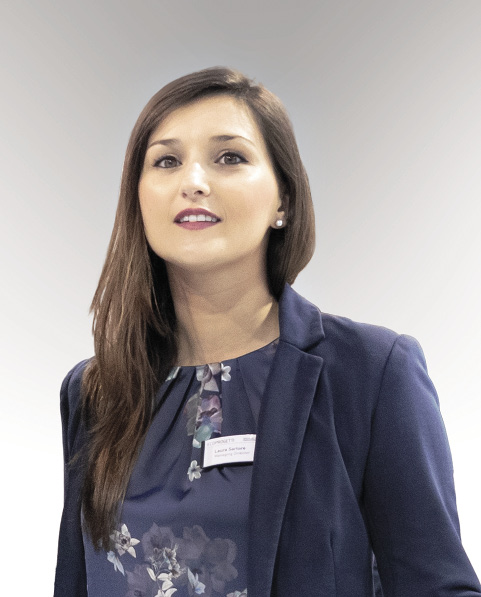 pv magazine: Broadly speaking, how do you see the market for PV manufacturing equipment in 2019?
pv magazine: Broadly speaking, how do you see the market for PV manufacturing equipment in 2019?
Laura Sartore: We see a very stable market. We are very international, and we see many new countries starting with module production facilities. In Africa and the Middle East, particularly, but we also see demand for new lines in India, the United States and Europe.
On the investor side, some are waiting for clarity when it comes to cell technology. The market doesn’t know which technology will prevail, or if there will be just one. Though it doesn’t affect our equipment so much, when an investor is setting up a production line they need to know that the technology they are investing in is not going to be out of date in two years.
And on the module side, for which technologies do you see the strongest demand among manufacturers?
We have huge demand for half cut cell processing. Since last year we have set up almost 1 GW of half cut cell lines – all our projects at the end of 2018 and beginning of 2019 were for half cut cell production. From the module side it’s half cut cell, shingling and multi busbar: Those are the different technologies we have gaining share at the moment. And in terms of cell type, heterojunction and bifacial are the major trends.
And what new innovations can we expect to see on production lines in the next couple of years?
The biggest new innovations will be the larger cells which we see now coming into the market, and more and more monocrystalline. On the lines themselves we are seeing a lot of producers shifting to even higher levels of automation. Nowadays, requests are only for fully automated lines. Customers also want increased flexibility in terms of being able to produce different dimensions and work with different materials without having to make changes.
What opportunities are there to further cut costs in module production?
Our customers want to have more automation. For example, where before the operator was putting the label manually, now everyone wants to have automatic labelling and packaging, and even the back end of the line is fully automated.
And we are now doing a fully automated bussing machine, which can remove a lot of operators doing the manual connection. With fully automated operations, we can go down to maximum five people per shift for a 150 MW line. This is a big achievement in terms of operator costs.
And what is the role of ‘smart’ manufacturing technology in this?
We have a system that works with notifications, so whenever material is running low, the software informs logistics through a device notification, to send an operator to feed the machine. For our customers with fully automated, high capacity lines, we also offer a system which allows you to track the module in each and every position along the line, and using a barcode, QR code or RFID, you can see the bill of materials of the module and which operator loaded the material or handled the machine. There is a full history of that specific module, so you can really pinpoint what is happening at every stage in production. And in the app, managers can see what is happening on the line – the yield, production rate and cycle time in real time.
It seems to be a tough time for European players in the PV equipment space, with several companies exiting the market recently. How is Ecoprogetti faring?
In our case, we are constantly improving in flexibility, because module size, module technologies and everything is constantly changing. The only way for a machine manufacturer to survive is to have flexibility, to be simpler and more automatic in the handling.
The other answer is customization. We try to tailor our machinery to each customer’s needs. Every module producer wants to differentiate to gain a competitive advantage, and the only way to do this is to have a very specific product, or to have a process or automation that brings an advantage. Every producer wants their own identity in the market, and this is achieved through customizing the lines we provide, as well as their own processes.
As suppliers in Asia improve their offerings, how will Ecoprogetti compete?
China is not our market. The Chinese are selling to the Chinese, and it is very difficult to enter that market. Outside of China, India is our biggest market, and they are not choosing to work with Chinese machine providers.
In our case, the way to compete with Asian suppliers is to have continuous improvement, not only in the machine itself but also internally in our processes and systems. If you visit our factory, we have several systems in place to keep manpower costs low on the assembly side. We are roughly 15% to 20% more expensive than the Chinese suppliers, depending on the machine. Overall, we want to keep competitive pricing and positioning in the market against Chinese suppliers.
What potential do you see for module manufacturing outside of China?
Of course, the biggest market is China and that is not likely to change. But India is not far behind. Elsewhere, we see that Europe is stable but moving. And we see a lot of interest from the Middle East region – Saudi Arabia, Oman, the Gulf States, North Africa. We have projects currently in Morocco, Algeria, Tunisia, and we already have several lines installed in Egypt.
The Middle East and Africa will be the next big regions for module manufacturing. Every country here is not just interested in becoming an importer of Chinese modules. In much of Africa there are big logistics and customs issues, so local production is a must. This is where governments are also moving, countries in Africa already have customs duties in place and don’t want imports of Chinese panels. They are setting up local capacities to supply the African market and they can be competitive on price.
And what can you say about India – they seem to be struggling a bit with establishing a manufacturing industry, right?
India grew very quickly – now they have to find their own stability. They have just put antidumping in place, and now they have dumping on some raw materials. They are starting to face the real job on antidumping, which in Europe we already know very well. They have to find their own stability in manufacturing, but I don’t think that will collapse the market at all. Our customers are finding their own way now that new regulations are in place. Yes, they are struggling, but I think it will only be temporary.
The government tried to establish the market and waited until they had enough production capacity before putting the customs duties. They need a bit of time to adjust.
What can you tell me about current projects/partnerships Ecoprogetti is working on?
Currently we are diversifying a lot in terms of countries we are working in. We have some lines underway in Bahrain and in Saudi Arabia – some of which we have already shipped the equipment to. We are doing projects in Russia, France, Slovenia, Croatia, Poland and we have a 160 MW order in Algeria.
We decided to keep our production in Italy, and we believe this has great potential. In Europe we have tradition and hundreds of years of combined experience in designing machines for all sorts of industries, so there is really a network of partners and competencies which is not easy to find anywhere else. Shifting production out of Italy or out of Europe, this is not our choice and we think we can be competitive in our area.
This content is protected by copyright and may not be reused. If you want to cooperate with us and would like to reuse some of our content, please contact: editors@pv-magazine.com.

